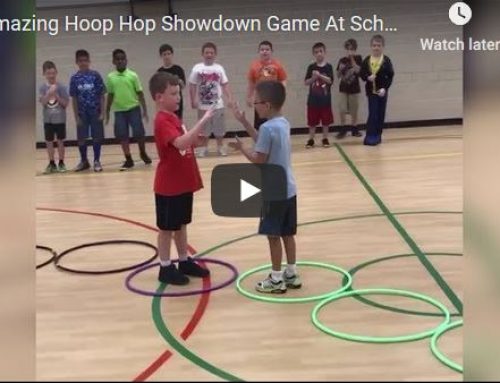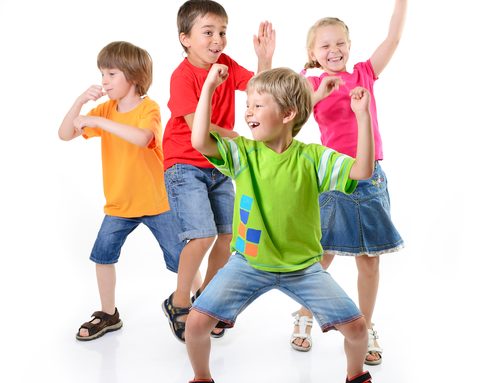 Teaching social and emotional well being can be as simple as using a game. Warm Fuzzies looks at NQF outcome 3.1 to develop social interactions and recognition of a child’s contribution to a supportive community.
Teaching social and emotional well being can be as simple as using a game. Warm Fuzzies looks at NQF outcome 3.1 to develop social interactions and recognition of a child’s contribution to a supportive community.
Plan Type
Educator Planned
Intentionality
Children develop agency in recognising and acknowledging positive social interactions. Children develop an understanding of the importance of their contribution to a supportive community.
NQF Outcomes
3.1 Children become strong in their social and emotional wellbeing.
Activity Description
- Educator explains the importance of acknowledging other people every day for making their time at OSHC happy.
- Discuss and give examples of the ways others can make you feel happy, e.g. helping with a problem, smiling, giving compliments etc.
- Explain the concept of ‘Warm Fuzzies’ as follows.
- Get participating students to write their own name on an envelope and collect the envelopes.
- Have each student write all the names of the other students in the group on a piece of paper.
- Then have each student write something nice about each person e.g. something that they do well, or an act of kindness they saw. All messages are anonymous.
- Have each student place their messages into the correct envelope for each recipient e.g. messages for Luke go in Luke’s envelope. Each student will have one message from each of the other students in the group
- Give each student their envelope containing all their warm fuzzy messages.
- Allow each child to read through their messages and then share one by reading out load to the group.
- Encourage students to discuss how these positive messages made them feel. Also explore how it felt to write these nice messages and if it was easy or difficult to do.
Resources
- Envelopes
- Writing materials, paper and pens.
Reflection
Did individuals / group enjoy the activity? Why?
Which students enjoyed the activity the most and which did not? Why?
Were they any difficulties encountered with the activity?
What could have been done better?
Follow Up
Is there opportunity to continue this activity with the same or other students?
Are their particular students in your care that could use focused attention with developing social wellbeing?








